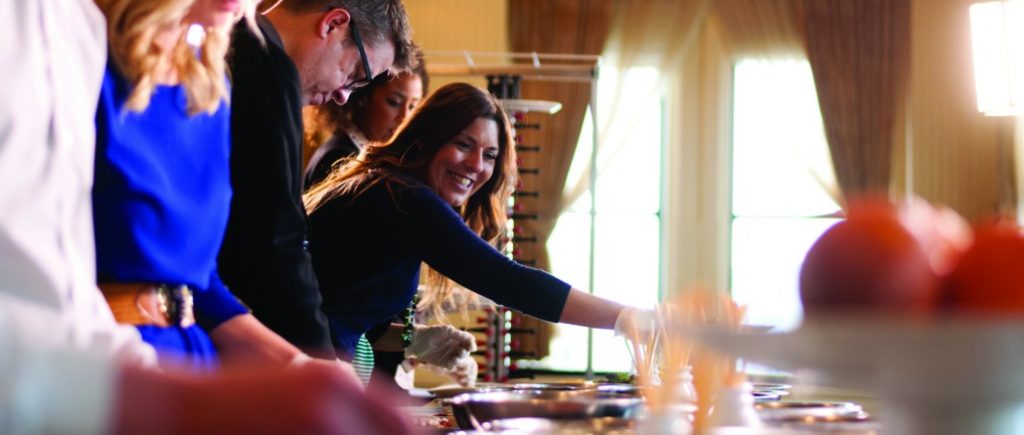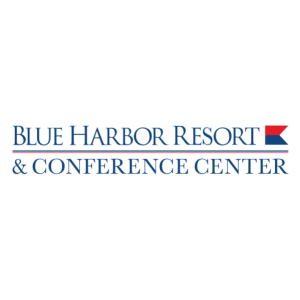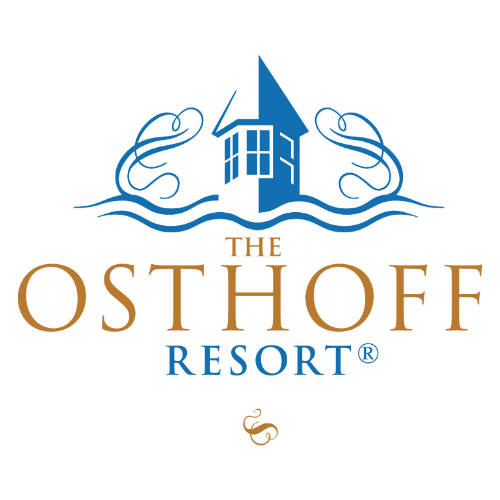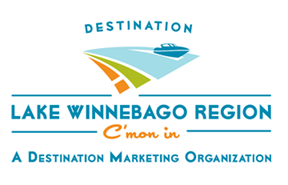How to Use Food to Bring Groups Together
02/15/2017
By Mary Bergin | Photo Credit: The Pfister Hotel
Nourishment from food isn’t just about nutrition and vitamins because eating unites us, grounds us and helps define our identity. It can be that way in business as well as at home.
Use food in interesting ways as a break from the agenda, a reward for employees or a challenge in team building. The setting can be rural or upscale, the approach elaborate or straightforward. See how one product is made in an hour, or spend the day preparing your own gourmet meal.
“The recipe for team unity” is how Kohler Experiential Learning Center describes its culinary team-building programs, which chefs customize to match your mission. For starters, consider this trio of options.
Cookin’ for Hunger: Teams tour a local farm, learn about sustainable agriculture, gather or harvest crops and use them to prepare a meal to feed themselves and the homeless. The exercise involves up to 40 people for seven or eight hours.
Cookin’ on Fire: Groups up to 40 prepare and eat a meal made over an open fire, but this is about project management, not simply grilling brats or burgers. In five hours, participants collaborate while learning about fire building, recipe preparation, dining space design and more.
Dessert Wars: Four- or five-person teams each create a from-scratch dessert and business/marketing plan to go with it. The two-hour competition ends with a panel of judges and sampling of all the treats. Chefs from The American Club resort coach up to 100 participants at a time.
At Lake Geneva Cooking School, classes can teach basic cooking techniques or turn into a competition similar to “Iron Chef,” which means incorporating a mystery ingredient into cooking.
Groups of 12 to 32 also can divide into four teams, and each is assigned a meal course. “Once the cooking is complete, the group joins together for fine dining,” says chef John Bogan. Teams also learn to plate their course, for serving to co-workers, in this four-hour event.
Simplest is the Prime Time Class, which is hands-on cooking but “like going to a classic steakhouse,” Bogan says. The four course meal includes bone-in filet mignon and crème brulee for dessert.
Savory Spoon Cooking School, Ellison Bay, closes to the public when October ends but is open for private events in the off season. Owner Janice Thomas has room for 24 during her one-hour cooking demos, which include lunch, or 18 for the three-hour, hands-on classes (“the final result is a lovely dinner to feast on”).
At The Pfister Hotel in Milwaukee, Executive Chef Brian Frakes has created the new Pfister #foodart Experience, which combines food styling and gourmet dinner with social media. Guests learn how to plate and style food while being challenged to create their own food art masterpiece. Photos are taken of the final dishes and guests are encouraged to share them with their social networks.
If the kitchen isn’t where you want to be, Milwaukee Food Tours arranges private outings for small groups to busloads. Get acquainted with frozen custard to pizza this way, on foot or by bus. More than one dozen food and beverage themes are a part of the business, which spices the ample tastings with fun history and heritage lessons.
The company’s five-hour progressive meal explores Wisconsin’s ethnic roots. Expect to nibble on sausage and cheese along Old World Third Street, dine on pierogi at the city’s last Polish restaurant and shop for cannoli or pasta at longtime Italian businesses on Brady Street.
Tour operator Theresa Nemetz also arranges a six-hour Racine excursion that highlights the city’s Danish history, especially kringle production. She also customizes group outings by adjusting themes, time and the amount of walking vs. riding between stops.
When one stop is enough, consider Palermo’s Pizza, Milwaukee, whose factory tours for up to 52 visitors at a time involve a video, peek at the production floor and hot slices of pizza pie. Slots for the one-hour public tours fill fast, but additional dates and times are available for groups of at least 10.
Nice but not quite enough? Add pizzamaking lessons (Palermo’s chefs teach how to stretch and toss pizza dough) or arrange a quintet of pizza pairings with Italian wines or locally brewed beer.
More bucolic is an outing to a farm that showcases local meats, cheeses and veggies by making and baking pizza outdoors. Diners typically linger at a “pizza farm” until sunset, to stroll the acreage and better appreciate rural life.
At Stoney Acres, a certified organic farm that is 30 miles from Wausau, a 700-degree oven works nearly nonstop from 4:30-8 p.m. Friday, May to late October. A block of group seating is reserved if at least 20 pizzas are purchased, or book the converted barn (equipped with WiFi) for a business meeting that ends with pizza on another day.
Farms and agricultural products are fertile fodder for other destinations, too. In Calumet County, Meuer Farms organizes hayrides, guided nature walks, talks about farming (beekeeping to specialty grains) and meals (box lunches to five-course farm-totable dinners for up to 80) on the 150-acre hilltop farm that faces Lake Winnebago.
Pagel’s Ponderosa Dairy, Kewaunee, at 8,300 acres is among the largest family-owned farms in Wisconsin. Three-hour tours of the dairy farm include a box lunch made with farm products (they even produce cheese curds). Another option is a sit-down meal for up to 50 at the Hayloft, upstairs at Cannery Public Market, which Pagel’s opened this year in downtown Green Bay.
Wisconsin Cranberry Discovery Center, Warrens, immerses visitors into the rhythms of berry production. Tour the museum, shop, sample products in the center’s oldtime ice cream parlor and add lunch or a wine tasting. In October, the harvest season, visits to a nearby cranberry bog are possible.
Farmstead creameries are not unusual in Wisconsin, and Sassy Cow Creamery, Columbus, includes ice cream in its weekday field trips for groups of 15 or more, April through October. Milk and ice cream are Sassy Cow’s primary products, and the farm’s cows often graze in fields within view of visitors.
At Clock Shadow Creamery, Milwaukee, quark is the dairy specialty. Wisconsin’s first urban cheese factory specializes in this easy-to-spread, German cheese, which is a little sweeter than cream cheese but lower in fat. Group tours and tastings last up to one hour, and a rooftop garden accommodates up to 60 guests for private events.
In lieu of that, just make it a two-stop outing: One block away is Purple Door Ice Cream, which makes and sells flights and pints in many flavors.











